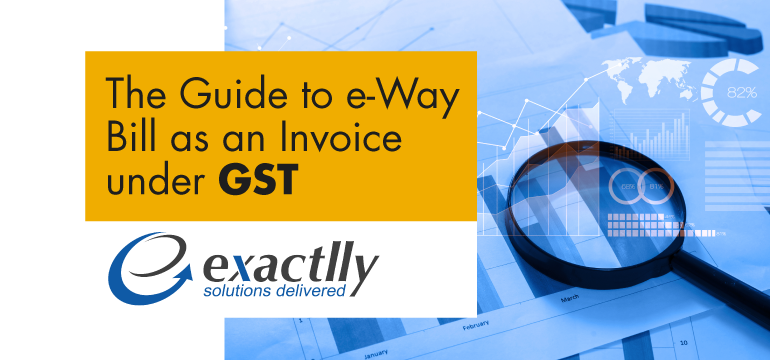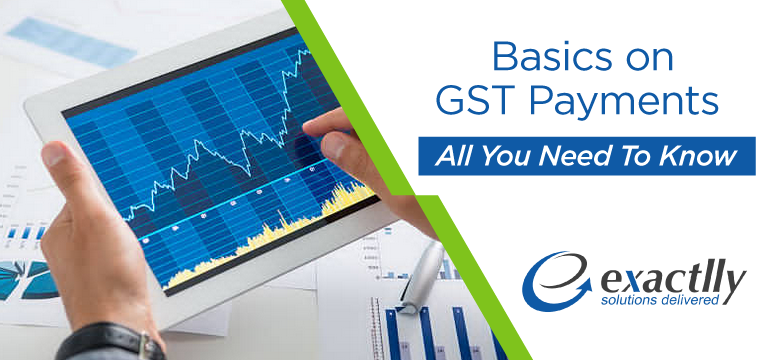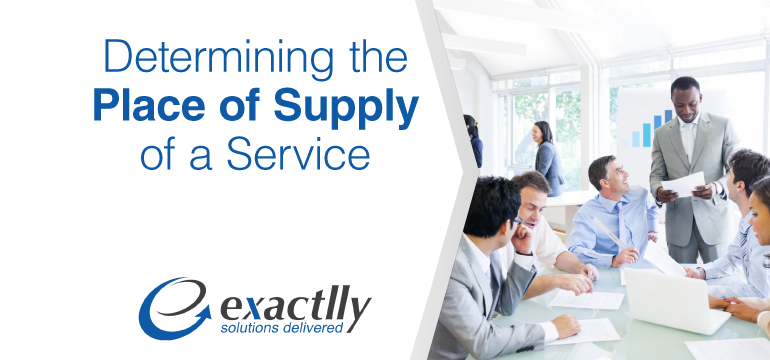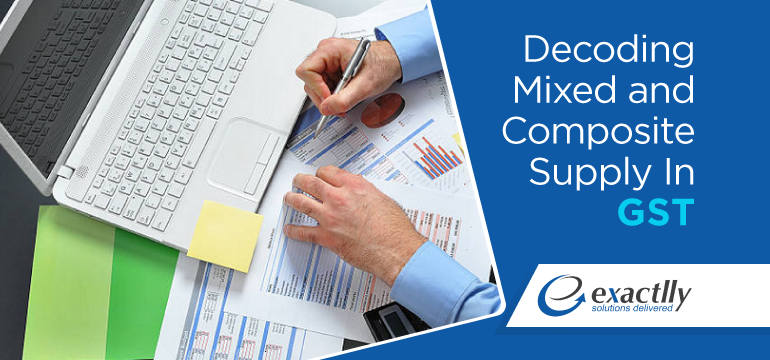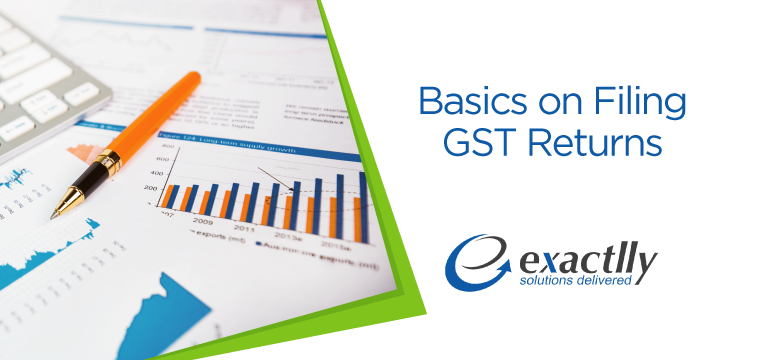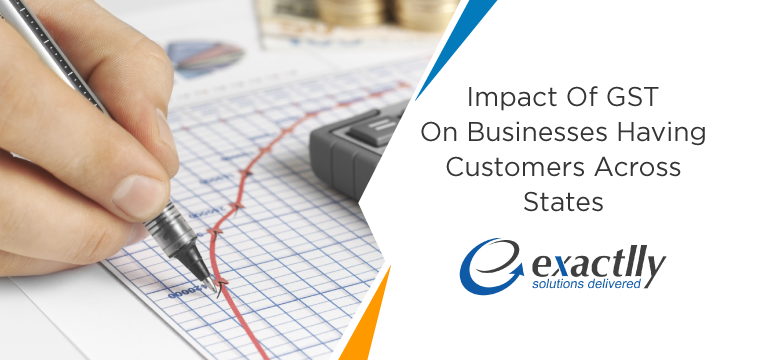Time of Supply for Services on Reverse Charge under GST
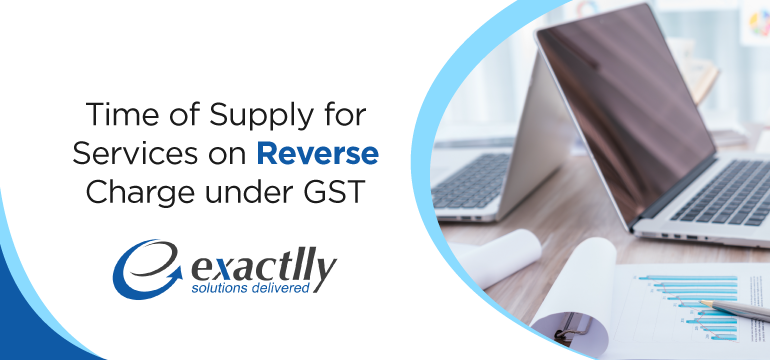
Under the reverse charge mechanism, the time of supply for services is determined by payment of tax credit of the government from the recipient of the services or the buyer of the services – this is different from forward charge where the tax payment is done to the government from the supplier itself.
Before we delve into the matter, we need to understand what is the reverse charge mechanism. The reverse charge mechanism is a method where the tax payment to the credit of the government is done by the buyer of the service or the recipient of the service. In forward charge mechanism, this tax payment to the credit of the government is done by the supplier of the service. As an illustration, if a transport service has been availed of, the recipient of the service shall pay the government the service tax and not the supplier.
Why is the reverse charge mechanism in vogue?
The primary reason for using the reverse charge mechanism is to ensure that taxes are collected on the very sale of the goods or services from the recipient of such goods or services, across even the unorganized sector. Therefore, the payment of tax liability lies on the recipient or the buyer of the good or service and the government is able to easily scrutinize and track taxable services on which taxes are being paid unlike before when such tracking was not easy.
Consequence and Impact of the mechanism
- Primary aim of the government to track all taxable services and collect tax in relation to services imparted;
- Contribute to an increase in the total revenue collected through tax;
- Impact small service providers who are eligible for exemptions;
- Registration of a person is mandatory for provision of taxable services if those value of such services provided exceeds INR 10 lakhs;
- Payment of all service tax liabilities under the reverse charge mechanism to be discharged by cash or through the bank – in case the business has input tax credit or CENVAT credit then such credit may not be used for discharging service tax liabilities under the reverse charge mechanism and this impacts the business’s cash flow.
Under the current indirect tax regime
- Service tax is payabCle on certain notified goods and services only;
- The burden of payment of the tax liability is borne completely by the buyer or the recipient (in case of an agreement, it may be partially borne by the supplier or the service provider) of the good or service and also depends on the nature of the service
As an illustration, we have taken the following scenarios –
|
Scenario |
Description |
| Complete Reverse Charge Mechanism |
|
| Partial Reverse Charge Mechanism |
|
What is Point of Taxation on Reverse Charge?
The date of payment and the date on the invoice are two crucial pieces of information required to under the point of taxation on reverse charge mechanism.
- Either the earlier date as per the records of the books of accounts or the date on which such payment was made and credited to a bank account is taken into account;
- Point of taxation is considered as the date immediately after the expiry of 3 months in the event that the payment has not been made by the recipient of the service to the service provider for the service supplied.
As an illustration, if the date of the invoice states July 15, 2016 and the date of the payment is August 20, 2016, then the point of taxation will be regarded as August 20, 2016 as the date of payment is earlier than 3 months from the date of the invoice.
When the date of invoice is July 1, 2016 and the date of payment of the invoice is November 10, 2016, then the point if taxation is October 1, 2017 as the payment has not been made within the ambit of 3 months and thus the point of taxation will be from the date of the invoice after the expiry of 3 months.
GST regime
Ascertaining the point of taxation under the GST regime with respect to the reverse charge mechanism is much like ascertaining the point of taxation under the current indirect tax regime. The major difference under the GST regime is that the payment window on calculating the point of taxation regards the date of the invoice has been reduced from 3 months to 60 days or 2 months. Apart from this, any person liable for payment of taxes under this mechanism is required to be registered mandatorily.
GST liability arises by way of CGST, SGST and IGST in the following ways under the GST regime –
- Either the earlier date as per the records of the books of accounts or the date on which such payment was made and credited to a bank account is taken into account;
- Point of taxation is considered as the date immediately after the expiry of 60 days in the event that the payment has not been made by the recipient of the service to the service provider for the service supplied.
- In case dates are unable to be identified or determine, then the date of recording the supply in the recipient’s books of accounts will be taken as the time of supply.
As an illustration, if the date of the invoice states June 20, 2016 and the date of the payment is July 10, 2016, then the point of taxation will be regarded as July 10, 2016 as the date of payment is earlier than 60 days from the date of the invoice.
When the date of invoice is June 1, 2016 and the date of payment of the invoice is August 10, 2016, then the point of taxation is July 31, 2017 as the payment has not been made within the ambit of 60 days and thus the point of taxation will be from the date of the invoice after the expiry of 60 days.



